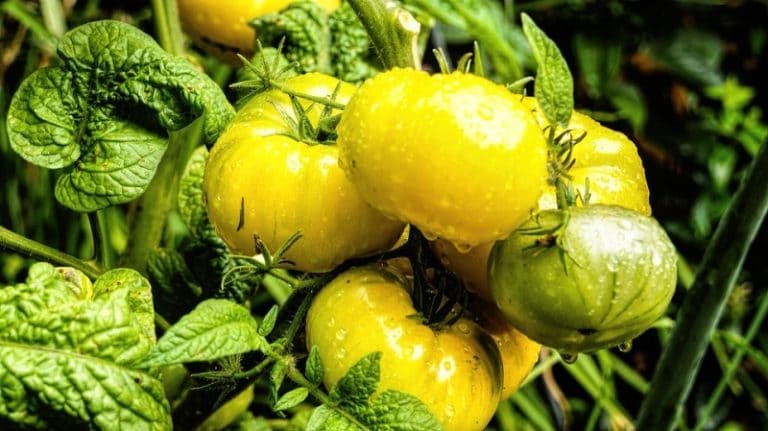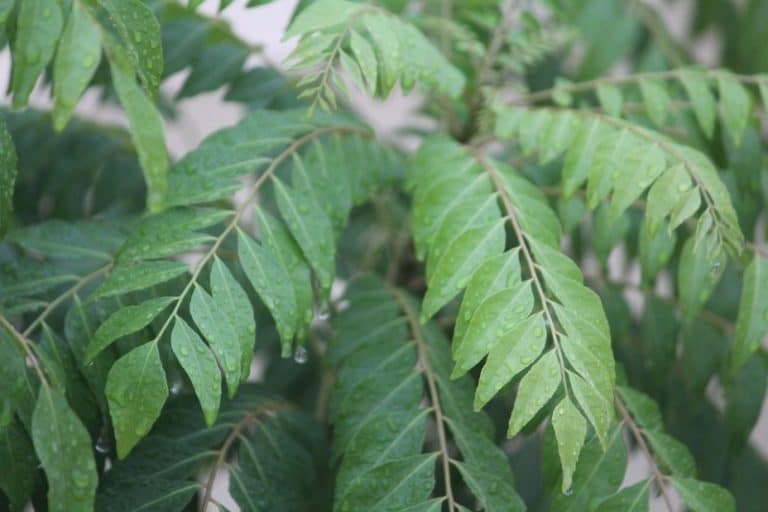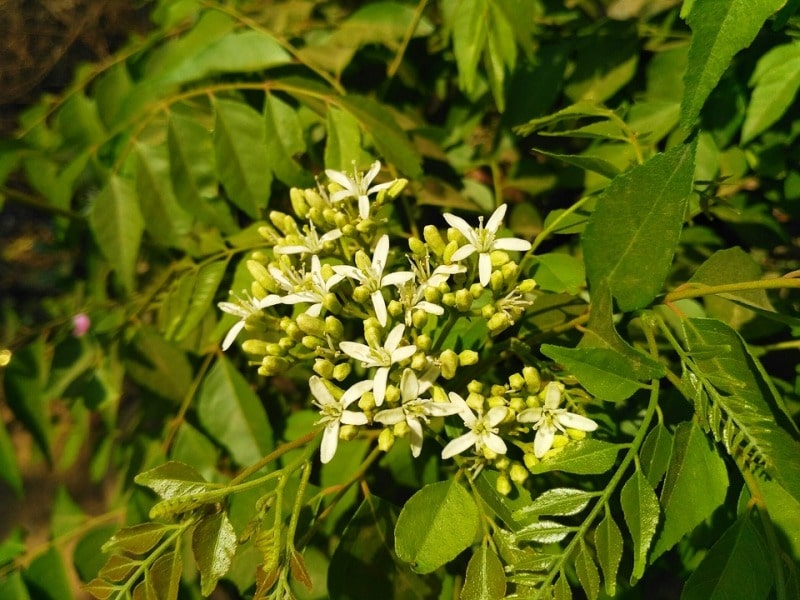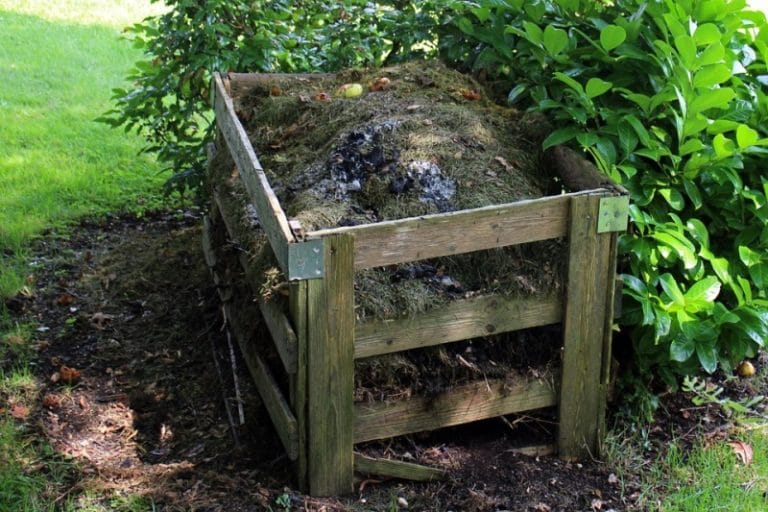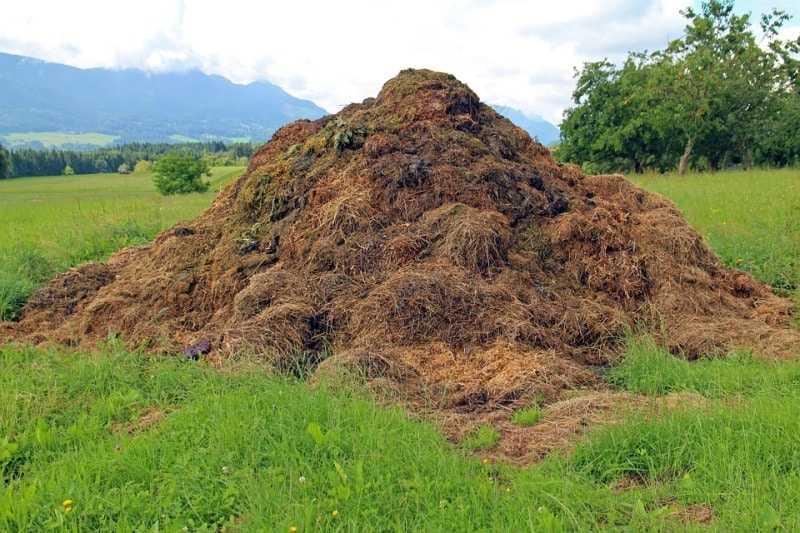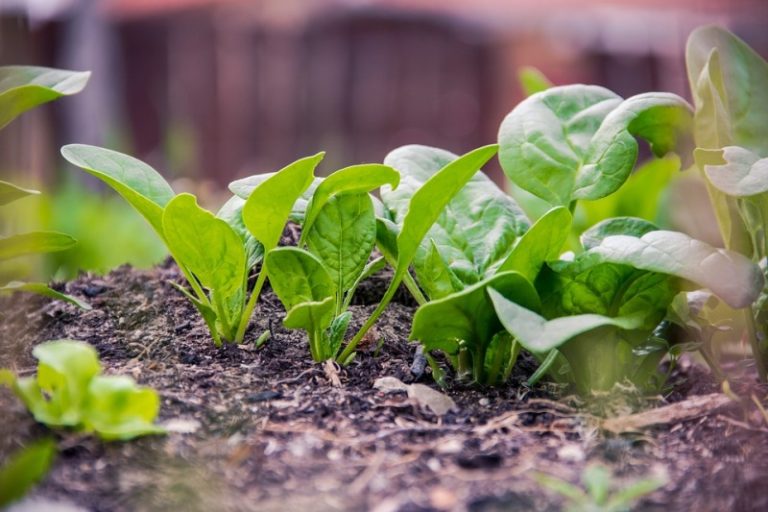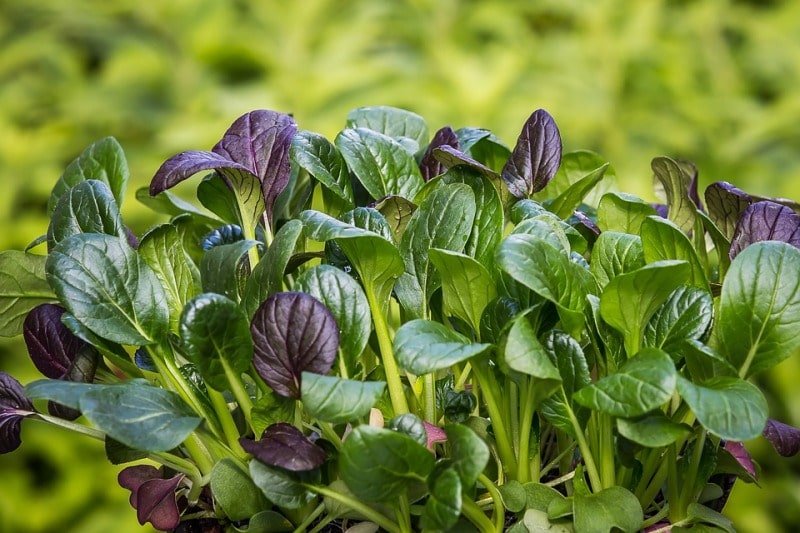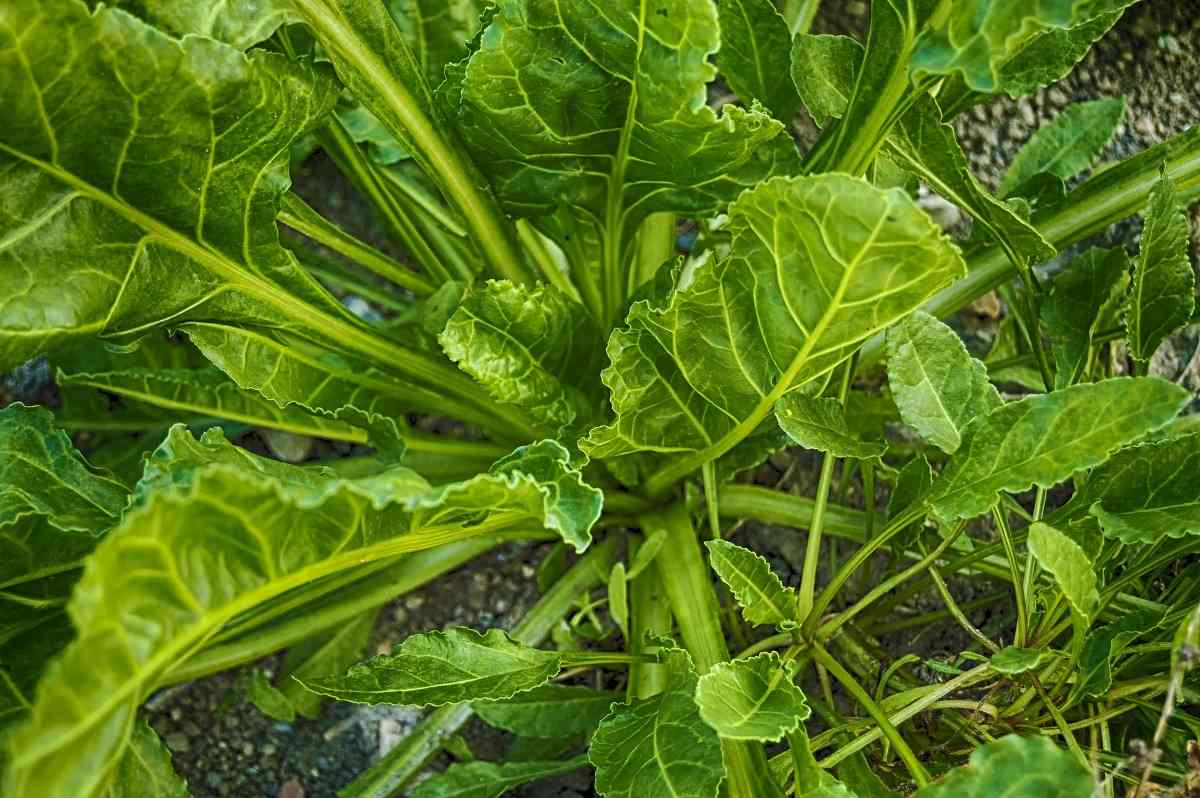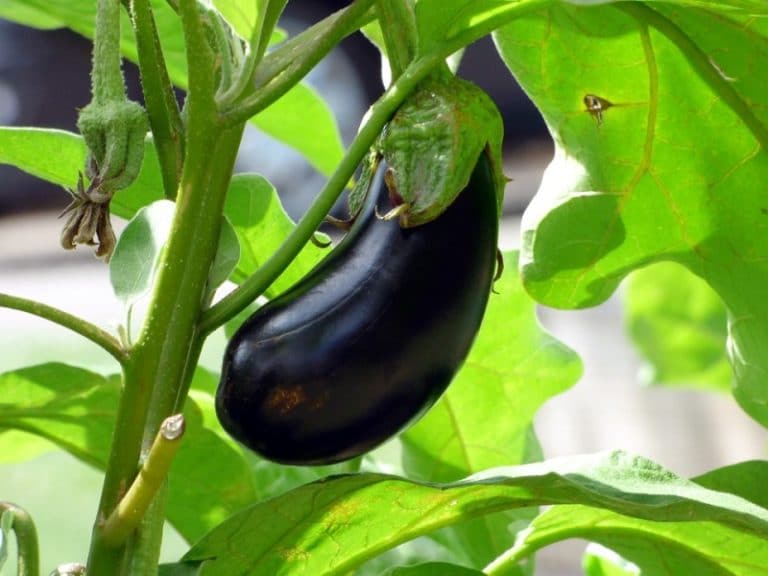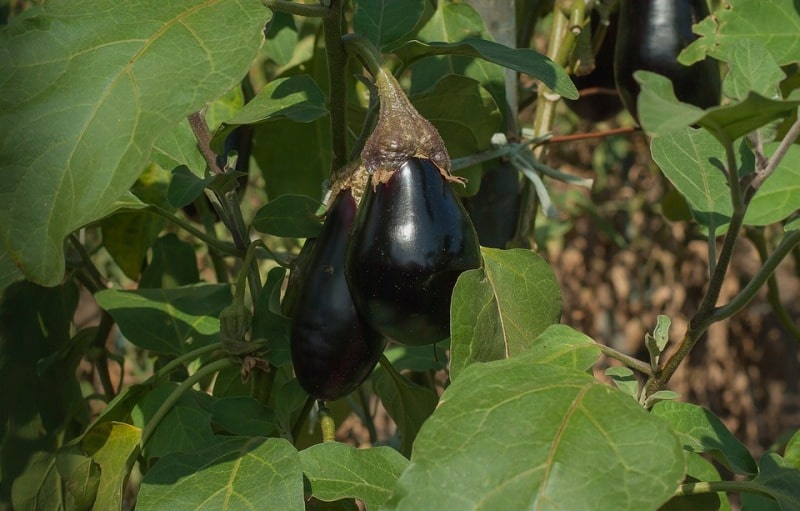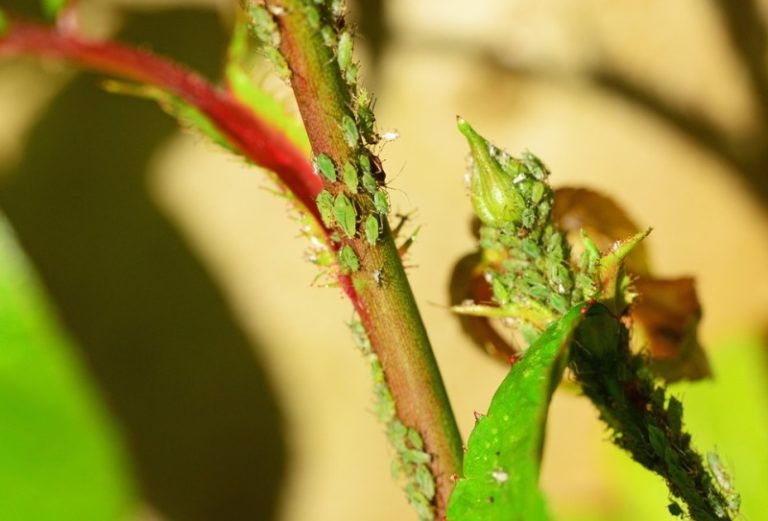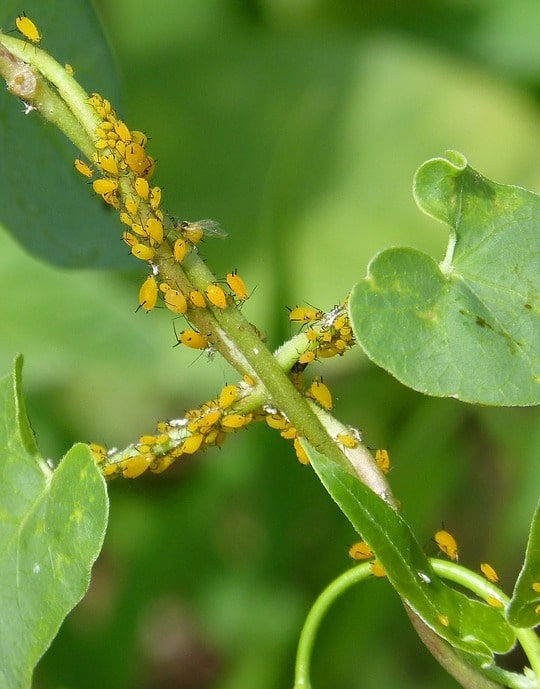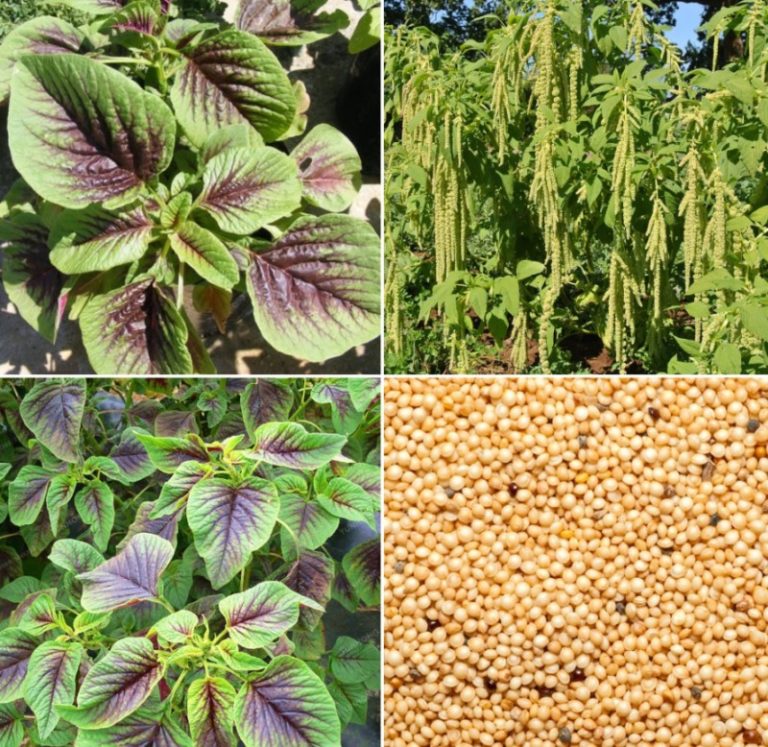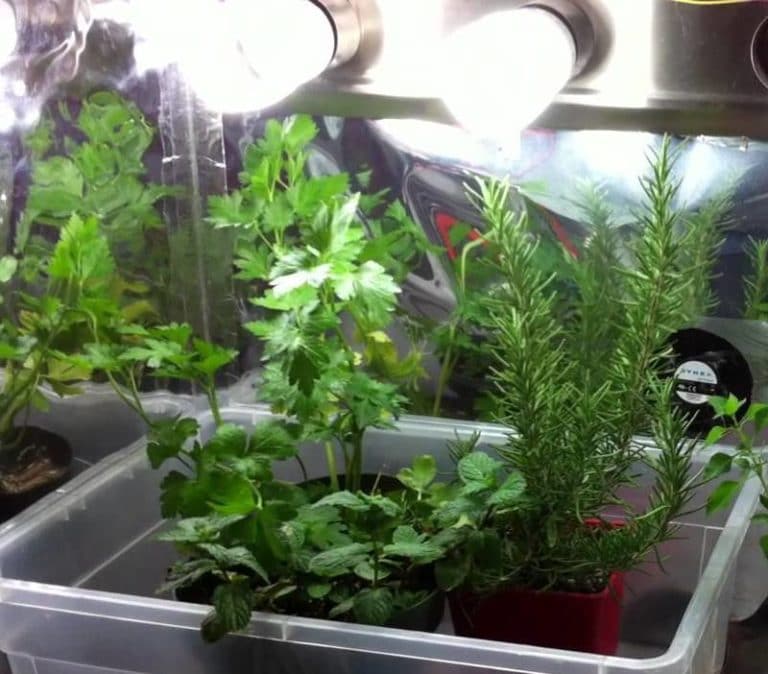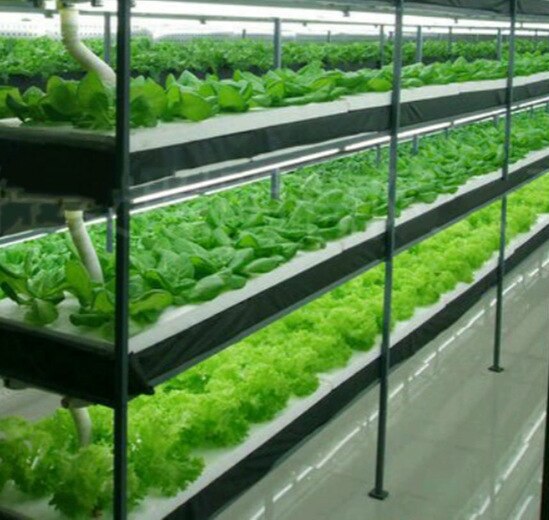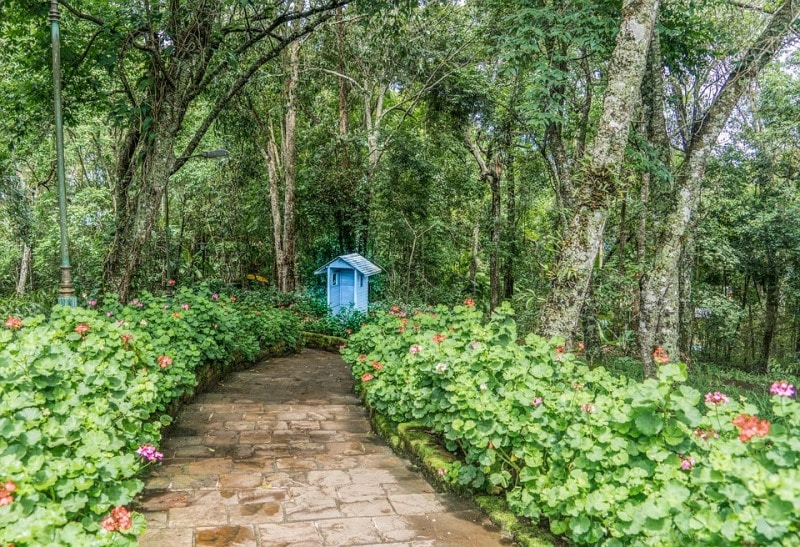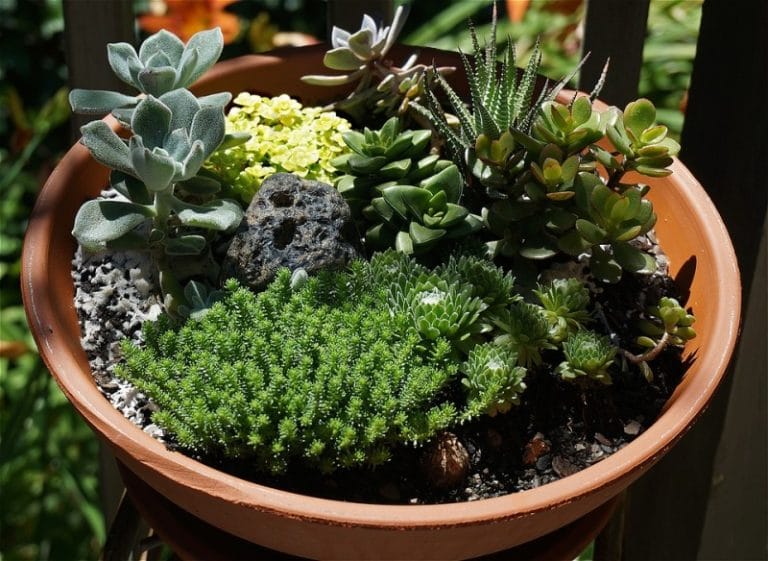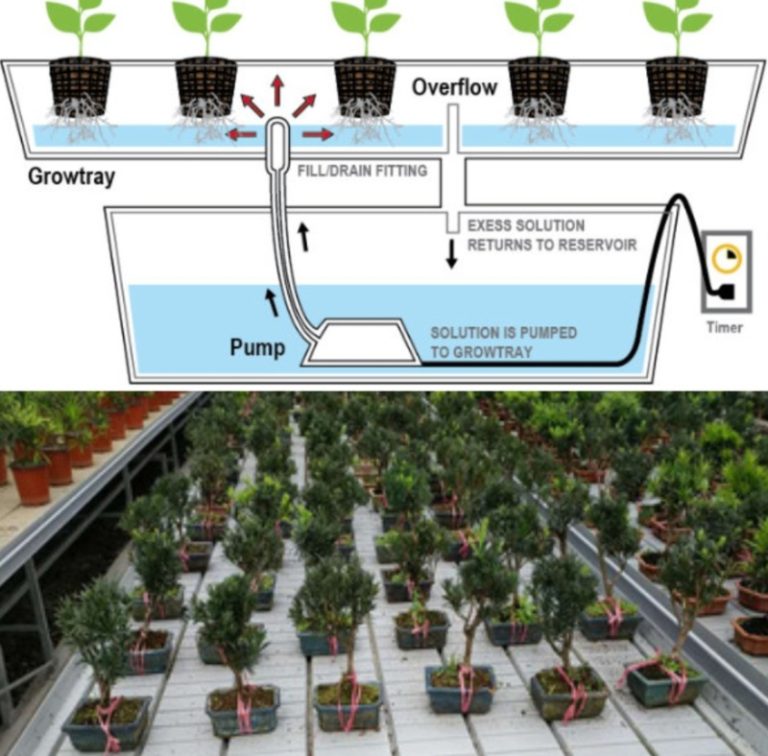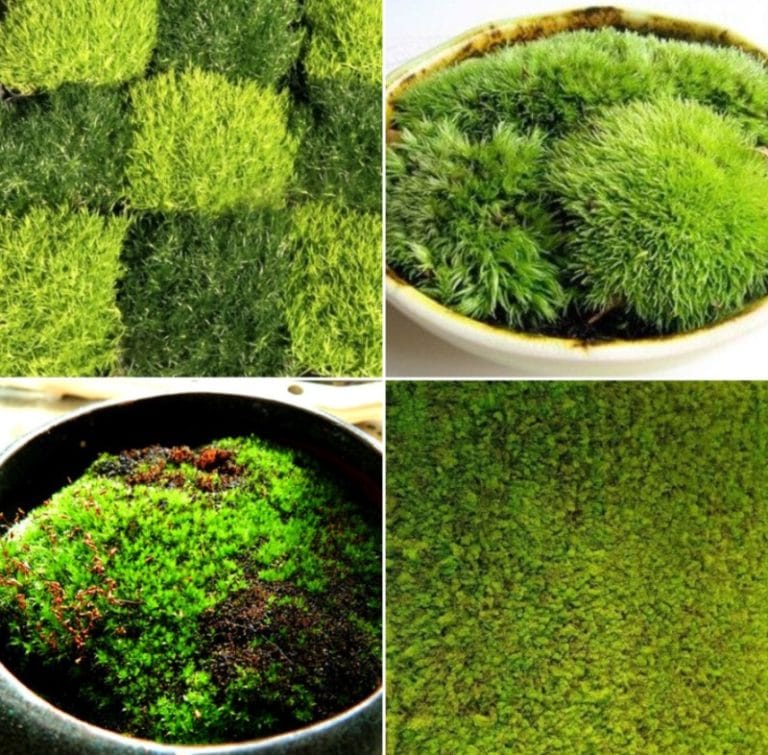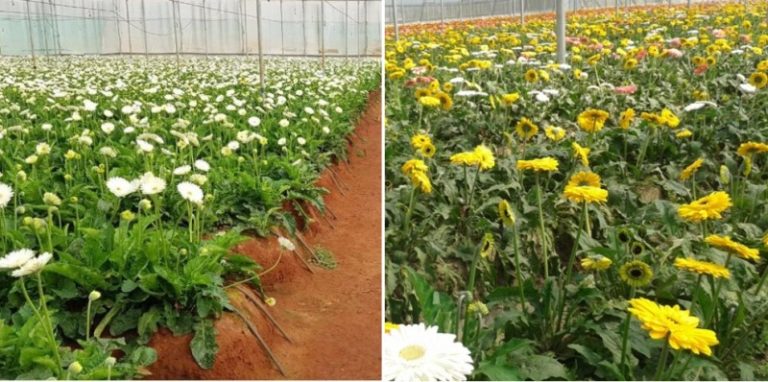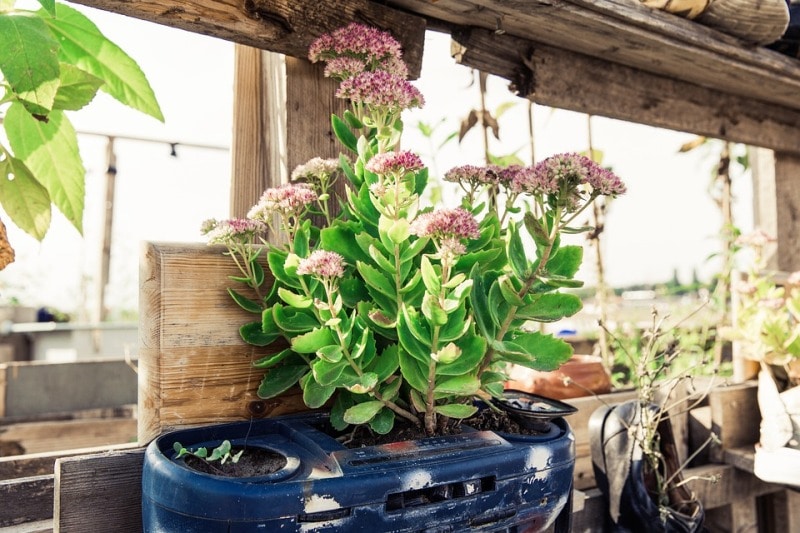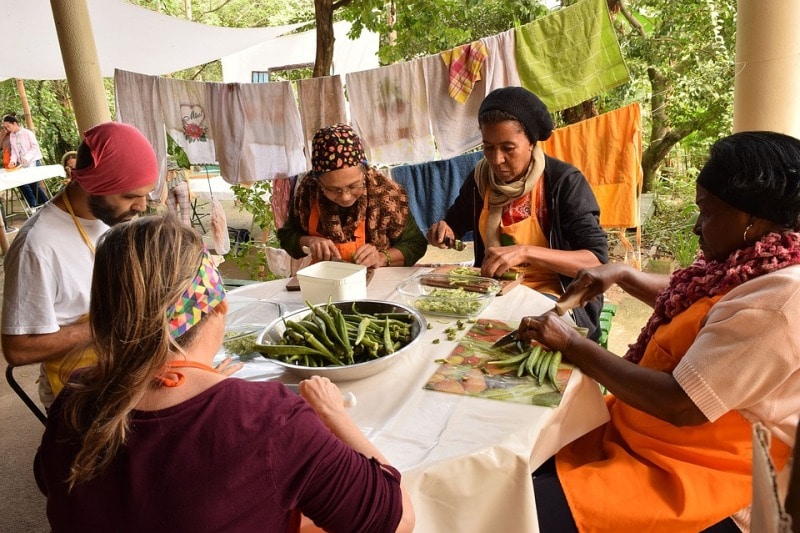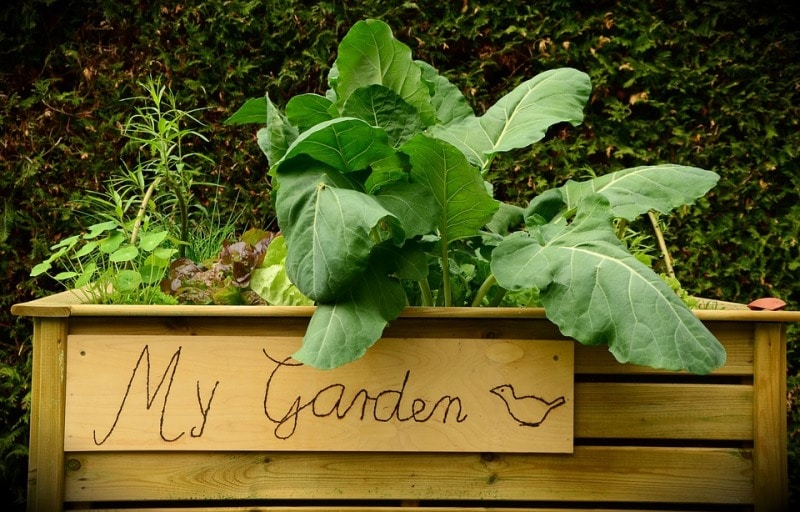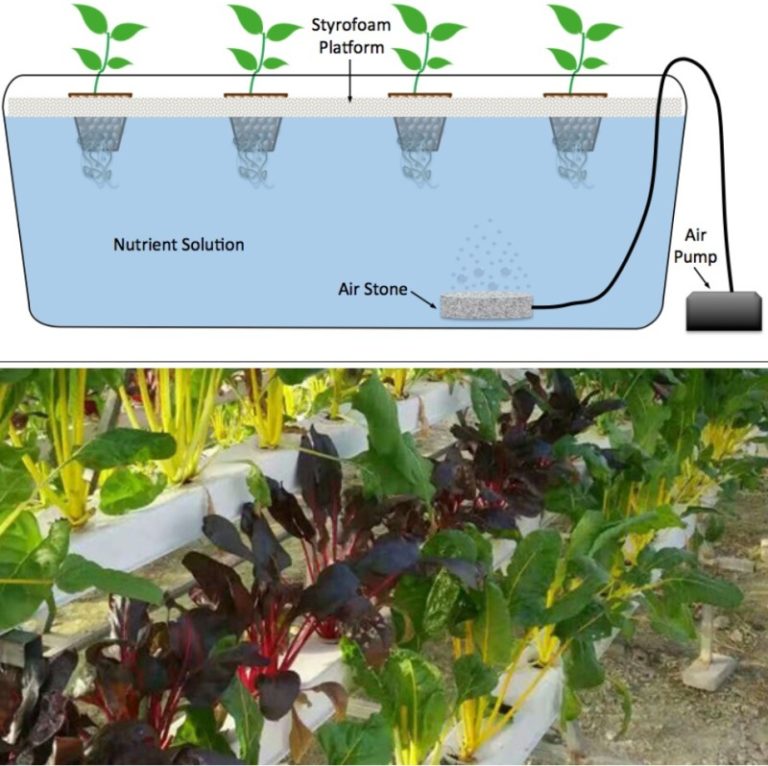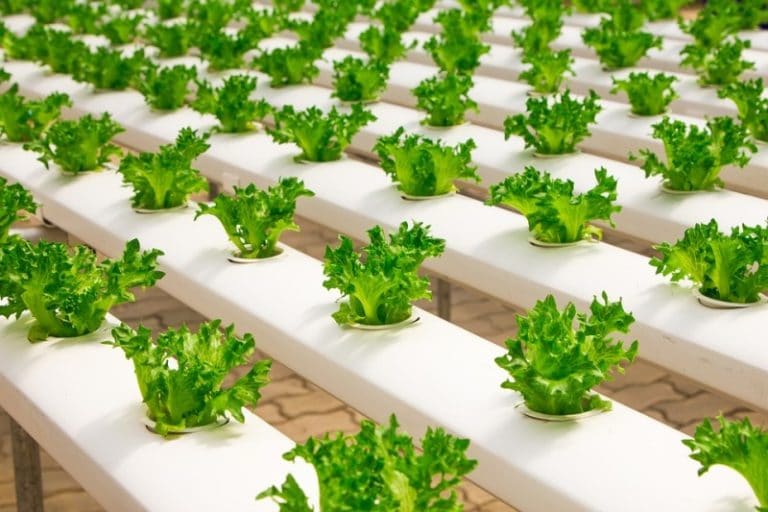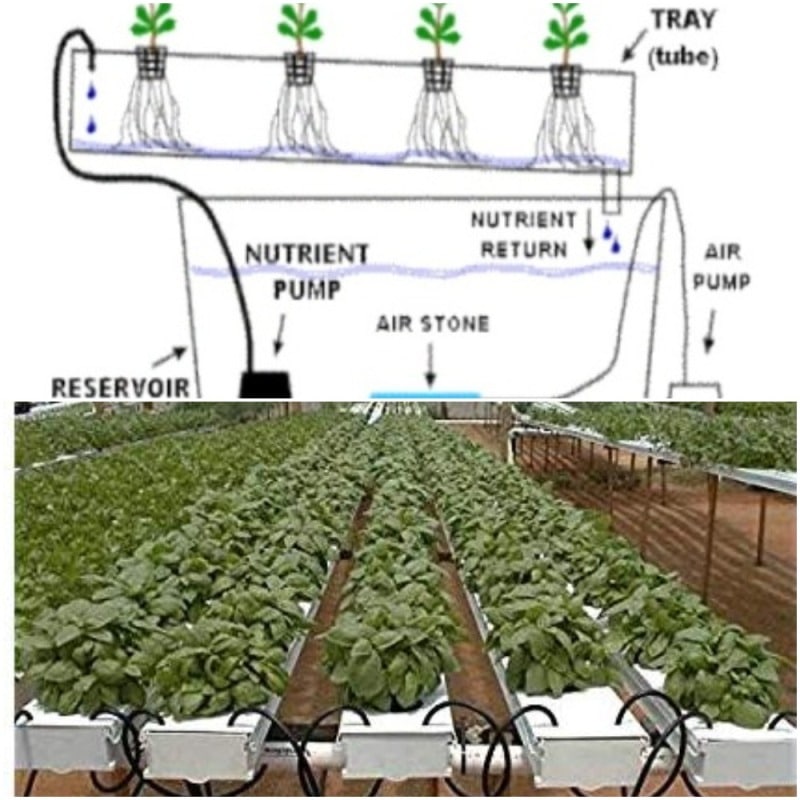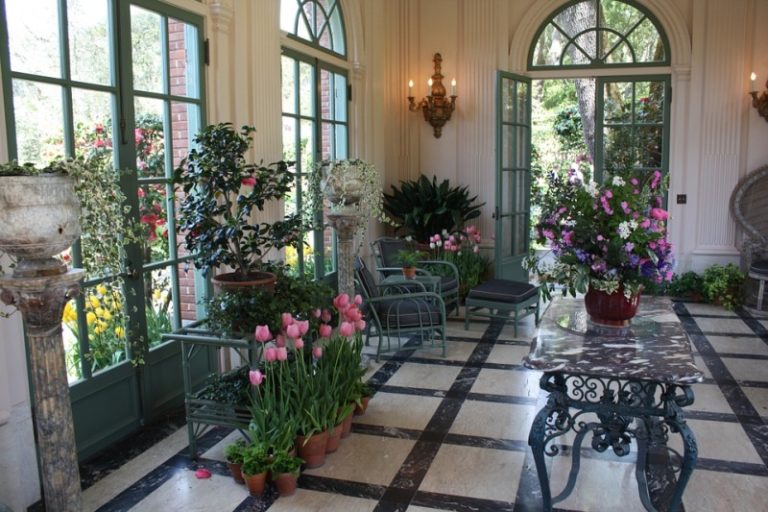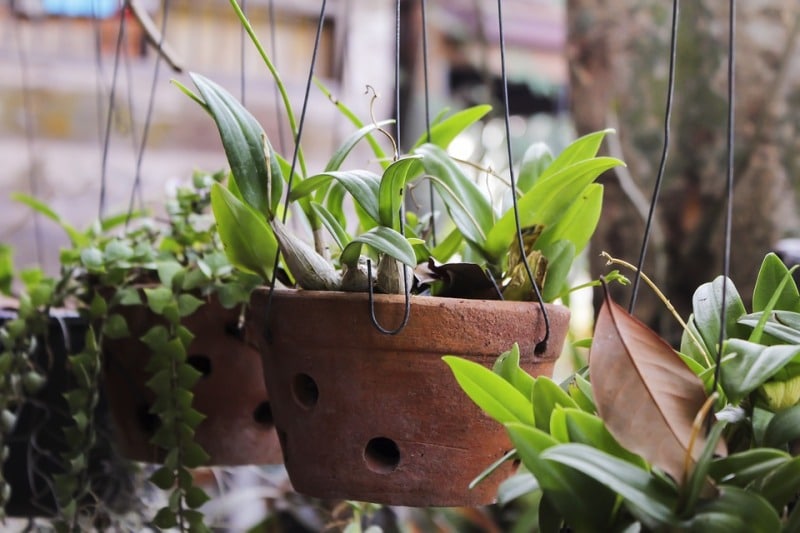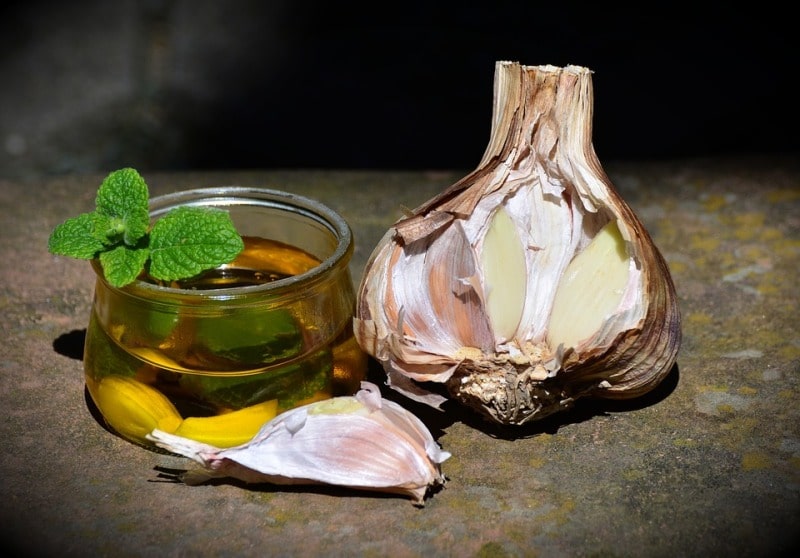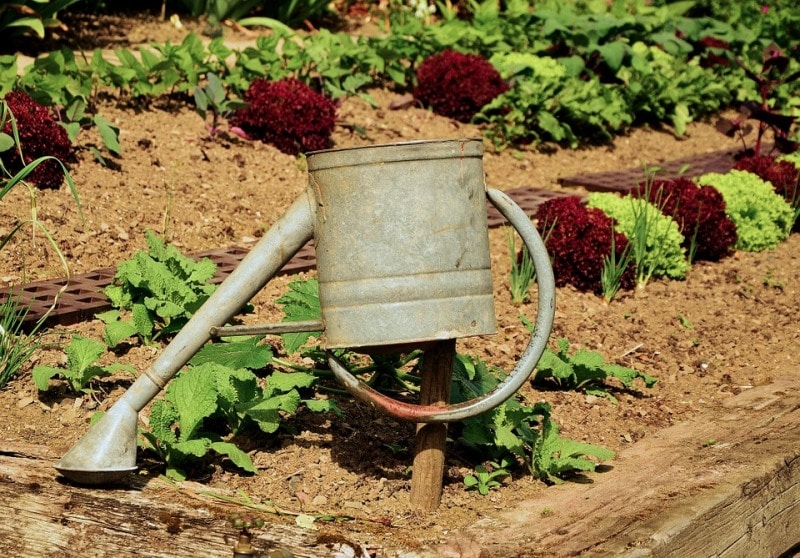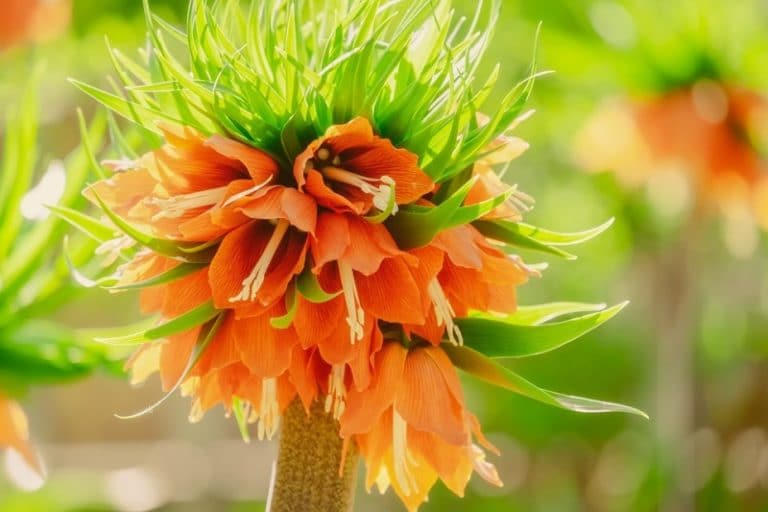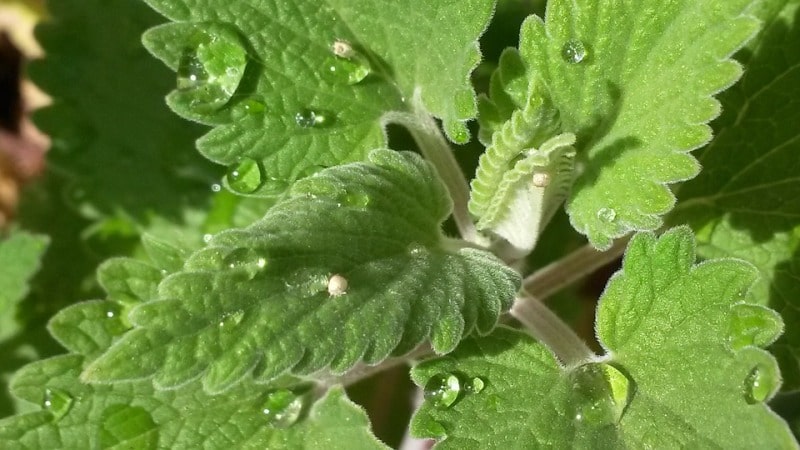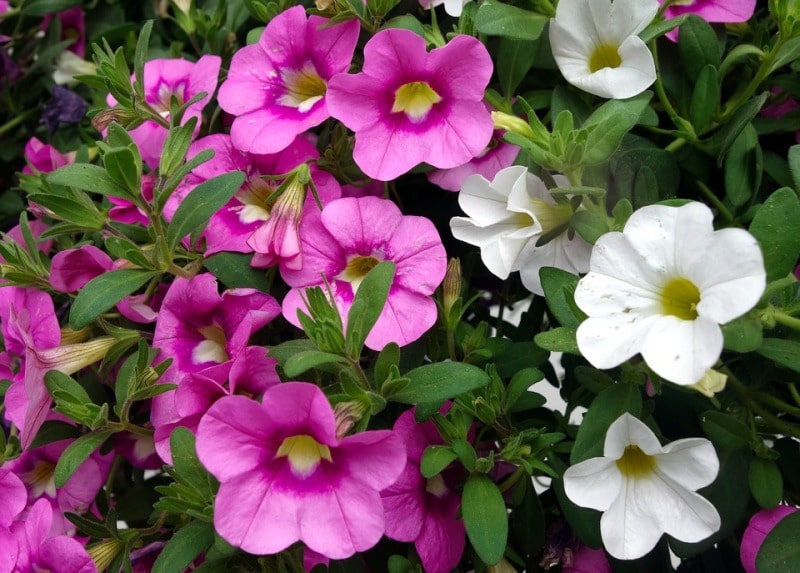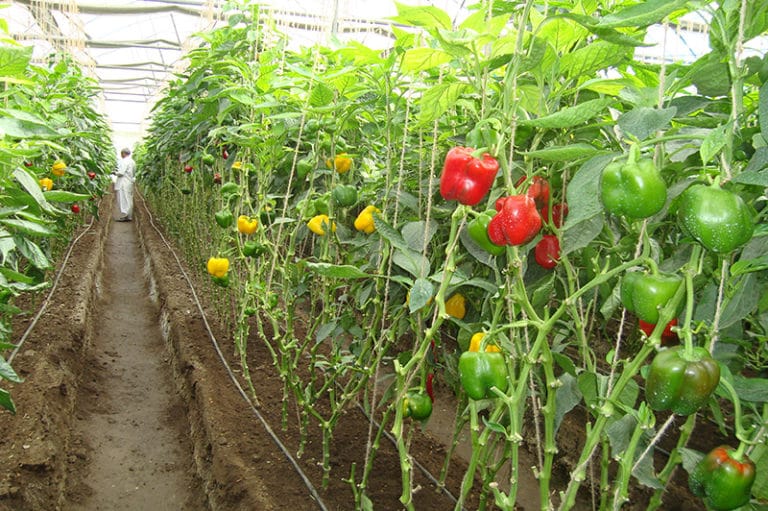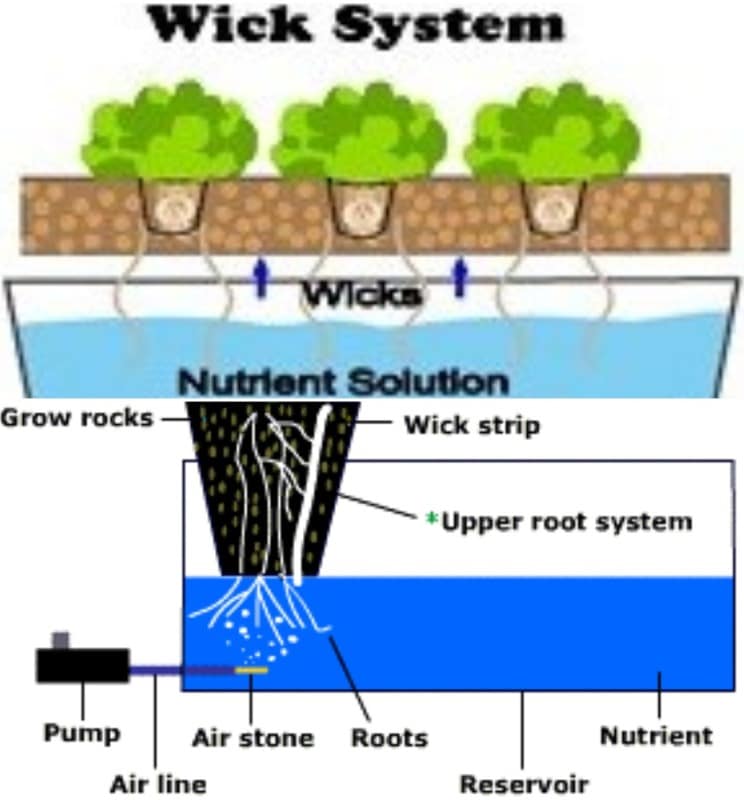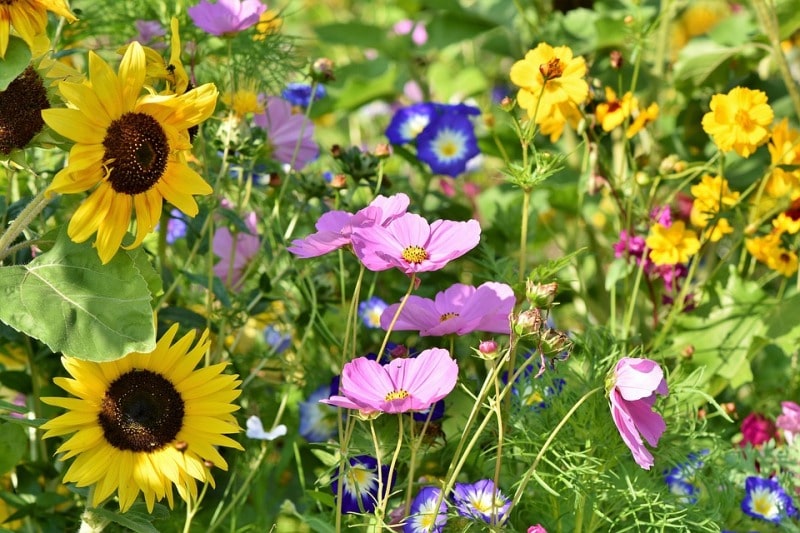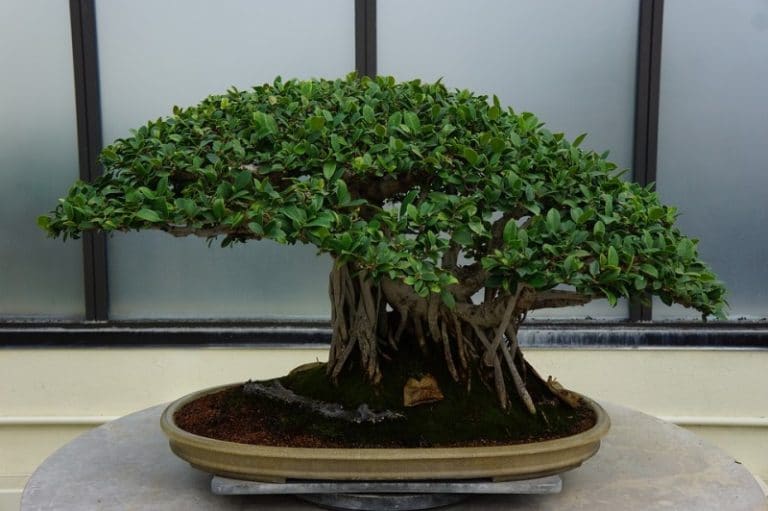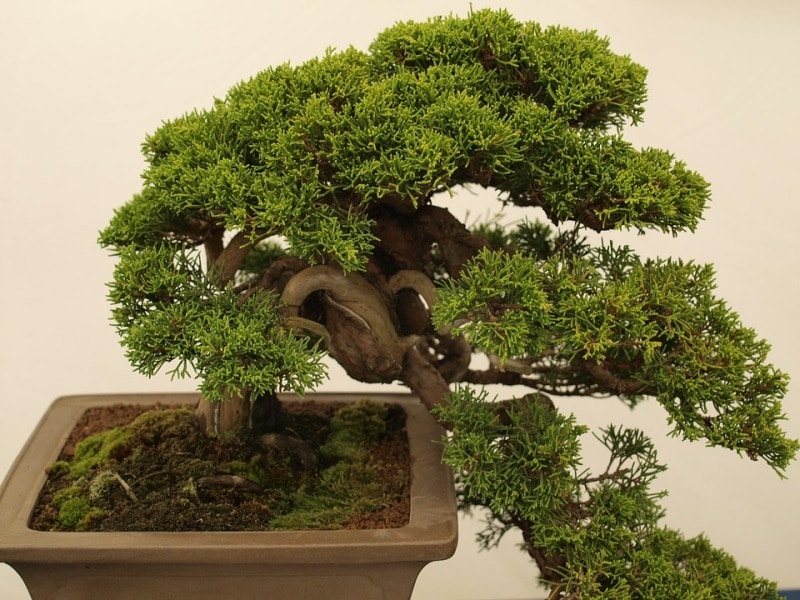Making liquid fertilizers for garden plants
Today, we learn the topic of making liquid fertilizers for your home garden. Liquid fertilizer for the garden plant is fast-acting. Liquid fertilizer can be faster acting than a dry or granular fertilizer because the fertilizer has already dissolved into the liquid and hence plants will take it up quickly in larger quantities. The use of liquid fertilizer is now very important due to the new systems of faring such as the hydroponic system. Fertilizer function is a very crucial way of increasing crop yield; not only the crops benefit, but the soil also advantages in case of organic fertilizer.
Home gardeners use liquid fertilizer as they are;
- Safe
- Used in many more ways than dry chemical fertilizers
- Produce results faster
For these above reasons, many homeowners believe liquid plant foods are improved fertilizer than those made as granular fertilizers, like those used in a liquid grass fertilizer. One can grow good quality produce right from their home garden if they are aware of making liquid fertilizers at home.
Make liquid fertilizer from dry fertilizer:
How to turn a dry organic fertilizer blend into a liquid fertilizer? The method is very simple. You simply soak granular organic fertilizer in water, let it sit for 24 hours, and strain out the liquids. This works equally as well for store-bought granular organic fertilizers as it does for homemade fertilizer recipes.
- Use one cup of fertilizer for each gallon of water.
- Soak the fertilizer in the water, and allow it to sit for 24 hours. Stir periodically.
- Strain out the solids, and use the liquid as a fertilizer at a rate of one to two cups per perennial, 2 to 4 cups per shrub, or 6 to 8 cups for trees.
- The liquid can be used full strength for foliar feeding or spraying on leaves or can be diluted with a small quantity of water to make sure the entire root zone of the plant is evenly covered. For container plantings, for example, I would use 1 to 2 cups per gallon and basically soak the entire pot.
- There is no want to waste the solids, which still have nutrient value. Use them as a low powered fertilizer on established landscape plantings which need a mild boost.
Homemade liquid fertilizer from vegetable scraps
The ingredients used for homemade liquid fertilizer from vegetable scraps are; vegetable scraps, Epsom salt, and water.
Start by saving all cooked or raw vegetable scraps. Save them in the freezer. You can save the water from boiling pasta or vegetables, which is also a good source of nutrients. To create the “scrap puree” which will form the base for your fertilizer, thaw frozen scraps and puree them in a blender with enough water to make a smooth consistency. Pour the pureed scraps into a large bucket. For every blender-full of puree scrap, add 1/2 tsp Epson salt and one capful of ammonia to the bucket. Repeat this procedure until all your scraps are pureed. Stir the bucket and allow it to sit overnight. To combine up a batch of liquid fertilizer, add one quart of puree to one gallon of warm water, and shake to mix. Apply to the soil at the base of plants. Steeping time required for this vegetable scraps is twenty-four hours.
Read: Organic Composting Process.
Homemade liquid fertilizer from weeds and yard trimmings
The ingredients used for homemade liquid fertilizer from weeds, yard trimmings, mowed grass, and water.
Choose freshly pulled or plucked weeds from garden trimmings such as tomato suckers work as well and put a few handfuls in a five-gallon bucket. Load it into the rest of the way up with water, and leave it to steep for the allotted time. The steeping procedure is best done outside, as it can get a little smelly. When ready, affect the soil at the base of your plants. Steeping time required for this procedure will be approximately four weeks.
Homemade liquid fertilizer from manure
If you live in an agricultural region, or if you have livestock of your own, you can make a truly exceptional liquid fertilizer from livestock manure. This process required a bucket, some water, and a shovelful of manure, steep for four weeks and apply to the soil at the base of your plants. While it might sound disgusting, manure is incredibly high in nitrogen and the ultimate “waste” product. Finding a use for the stuff is actually rewarding. Steeping time required for this procedure will be approximately four weeks.
Making liquid fertilizers:
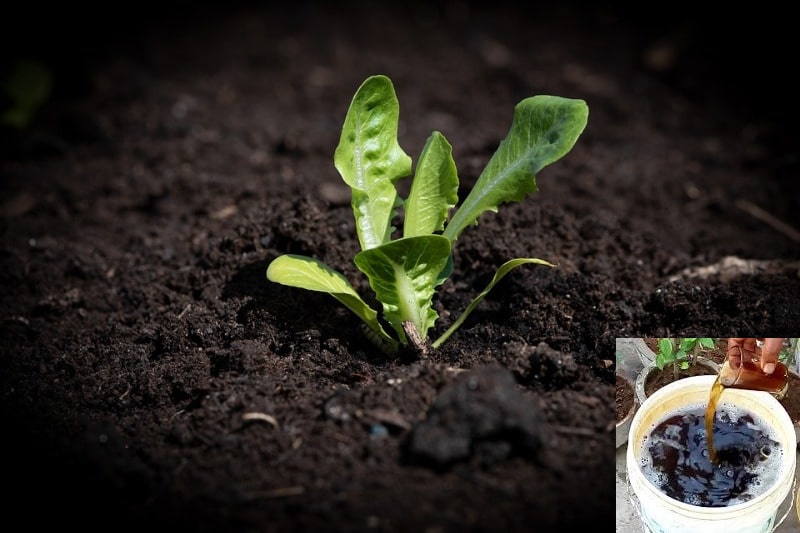
Liquid fertilizer can be made from two major sources; plant and animal; they are easy to create and the steps involved in making any of these liquid fertilizers are simple to carry out.
How to make liquid fertilizer from animal materials?
Animal liquid fertilizer can be prepared from farm animal waste or dung. You can use any of poultry, goat and sheep or cattle dung to create tea fertilizer. You will require a big drum or tank to prepare your fertilizer; also, you need a permeable sack, a wooden rod, a long rope, and a large stone.
Sundry the animal manure and collect all in the permeable sack. Put the large stone in the sack with the manures. Fill the drum or tank with water, if possible to more than half of the tank.
Put the sack inside the tank with the rope tied to the top of the sack at one end and to the rod at the other end such that the rod provides as an anchor to suspend the sack in the tank with the aid of the rope. You can cover the tank with a cloth or fly net to avoid unruly interference by flies. Stir the water every day for about ten days. By then, liquid fertilizer is ready for use.
How to make liquid fertilizer with plant materials?
Plant liquid fertilizer is prepared from plant materials; you can use any plant for this purpose. You want the plant leaves, you can use more than one plant leaves say grass-legume combination to have a mixture of nutrients. You need wood ash to supply the minerals and acts as a pest repellent. Other materials needed are permeable sack, long rope, wooden rod, tank, and stone; as used in the animal liquid fertilizer process.
The procedure is the same as the animal source, but you have to work on the leaves before adding to the sack. You are required to chop the leaves into fine pieces before adding to sack. After adding the chopped leaves into the sack, insert the wood ash and mix with the leaves vigorously for even distribution.
Add the stone inside the sack to stop the sack from floating. Tight the top of the sack with the rope as completed in the animal source; fill the tank with water and insert the sack in the water as directed in the animal liquid fertilizer. Cover the tank with a cloth or fly net as directed above; stir every morning till about ten days. Then, your plant liquid fertilizer is ready for use.
Read: How to Grow Spinach In Pots.
Types of liquid fertilizer
Compost Tea
Compost tea is a way to make the most of all that compost we are making from kitchen scraps and household waste. It’s a method of gleaning much of the nutritional goodness of compost into a ready-made spray. For those without enough compost on hand to cover the total garden, this is a great option. Vermicompost fertilizer also works great.
It begins with finished compost that is the very old stuff that has completely broken down into beautiful richness. This ensures pathogens won’t be a problem. To make the tea, basically, fill a five-gallon bucket a third of the way with the compost and then the remainder of the way with water (harvested rainwater is best.) This must steep for three days and be stirred at least a few times a day. Then, the compost can be strained out and the mixture diluted (10:1, water for tea) to be sprayed onto all plants. It’s very good for watering seedlings.
Green Tea
Believe it or not, old grass clippings and weeds create a wonderful fertilizer. The fresh or green clippings are full of nitrogen and phosphorus, two mineral components used in the famous NPK blends of typical fertilizers (the other being potassium, which can come from organic banana peels.) Comfrey makes fantastic green tea for the plants.
For this tea, we’ll require filling that five-gallon bucket two-thirds of the way with fresh grass clippings, and maybe some organic banana peels, before adding the water. Then, again, let it steep for 3 days, stirring as often as possible. Strain the solid bits out of the tea, and combine it with equal parts of water to apply in the garden, especially leafy crops.
Fish Pond Water
Fish ponds, for those who have them, are a great supply of nitrogen-rich water to go into the garden. Combine fertilizes with the regular cleaning cycle, and both the plants and animals will truly benefit. Plus, it’ll be some efficient multi-tasking for the homeowner or gardener.
In this case, it is important to be sure that the water isn’t treated, and obviously, it is important to look out for the small fishes and other aquatic life, as they might not like to be earthbound. Then, apply the water quantity as is. The fish manure has already been diluted by the water in the tank or in the pond.
Seaweed Soup
Seaweed is a highly respected terrestrial garden addition, as it adds all of the valuable minerals of the sea, a whole host of trace elements that will maintain our food rich in nutrients. Though seaweed is often useful for gardens as amazing mulch, it can be used to make liquid tea, what we are calling seaweed soup, as well.
Seaweed is available at garden centers, but it can be harvested responsibly, i.e. in moderation from mid-beach spots, where it has washed ashore far sufficient to dry out a bit but not so far as to become infested with bugs. Rinse the seaweed to eliminate some of the salt before filling our five-gallon bucket with it. This time it must steep for at least a couple of weeks prior to straining out the seaweed, which can then be used as mulch.
That’s all folks about making liquid fertilizers for your garden. Keep Gardening!.
